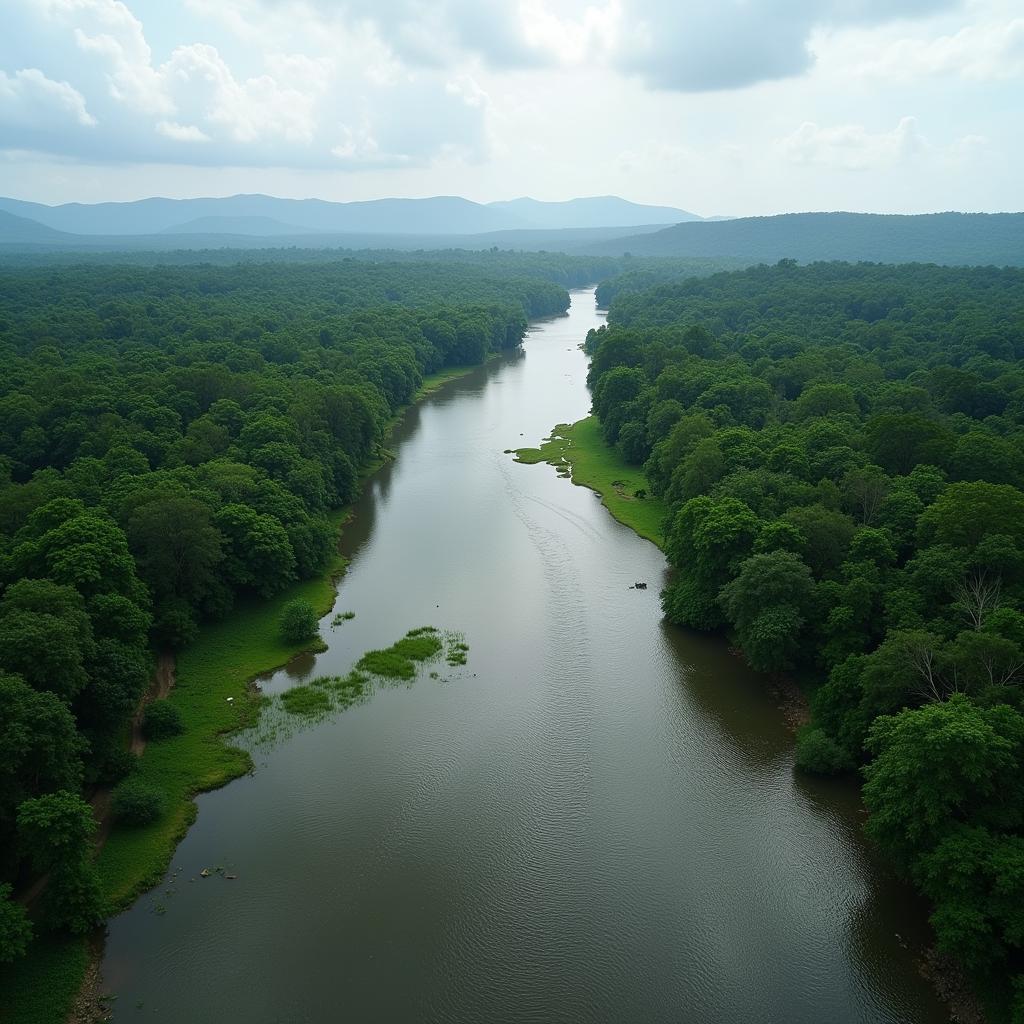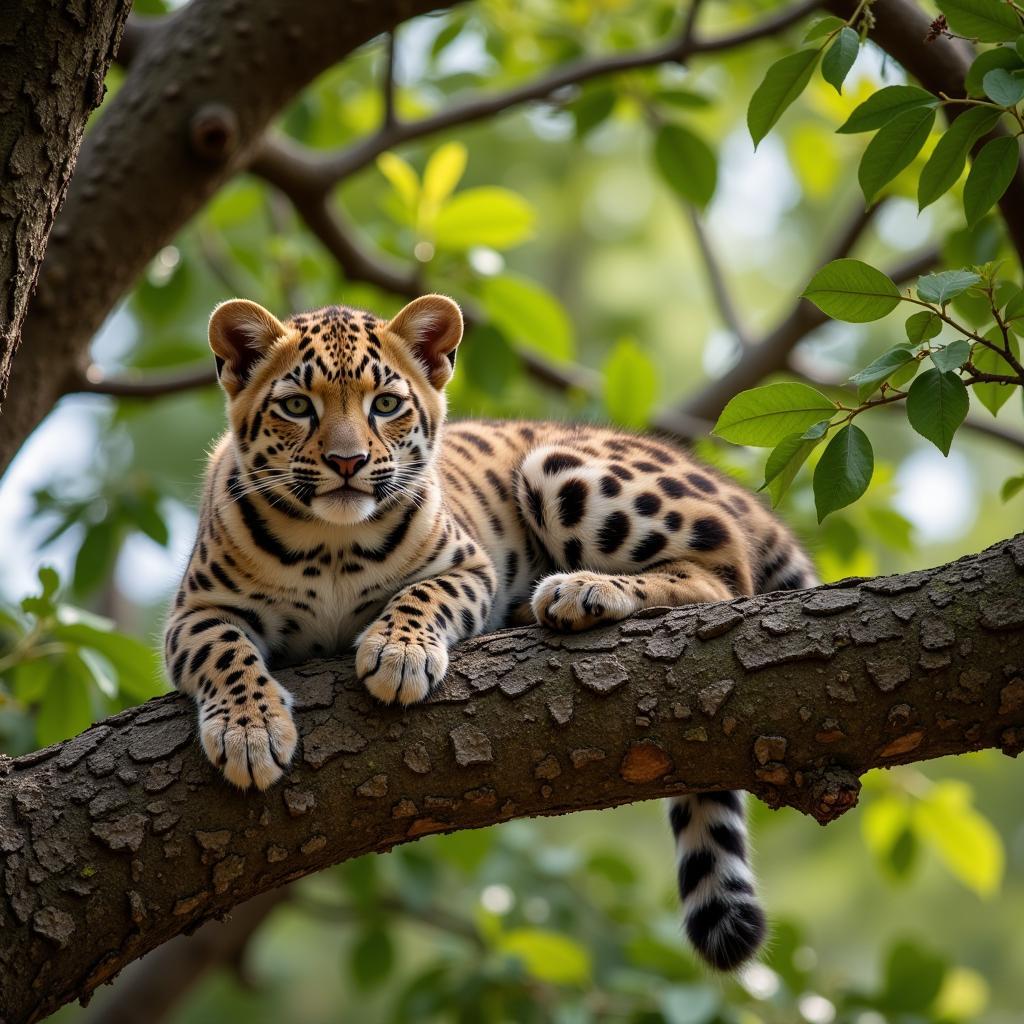The African Cape Dog: A Rare and Ancient Breed
The African Cape Dog, also known as the African Wild Dog or the Painted Dog, is a fascinating and unique creature that has captivated the attention of naturalists and animal enthusiasts alike. Native to sub-Saharan Africa, this highly social and agile predator plays a crucial role in maintaining the delicate balance of its ecosystem. This article will delve into the rich history, physical characteristics, social structure, and conservation efforts surrounding the African Cape Dog.
A Glimpse into History: The Ancient Origins of the African Cape Dog
The African Cape Dog’s origins can be traced back millions of years, with fossil evidence suggesting that they diverged from other canids over 3 million years ago. Their distinctive appearance, with its unique coat pattern and slender build, has long been a subject of fascination for scientists and indigenous tribes who share their habitat. Early European settlers in Africa were struck by the canine’s resemblance to a wolf, leading to its initial classification as Canis mesomelas. However, further research revealed the African Cape Dog’s distinct genetic lineage and unique adaptations, ultimately solidifying its own species designation: Lycaon pictus.
Physical Characteristics: A Stunning Symphony of Spots and Stripes
The African Cape Dog is readily recognizable by its distinctive coat, a mesmerizing blend of patches and stripes that resembles a patchwork quilt. This unique coloration, ranging from black and brown to white and yellow, serves as a camouflage mechanism in the diverse African landscapes they inhabit. Their sleek, muscular build is perfectly adapted for speed and endurance, enabling them to chase down their prey with remarkable efficiency. With long, powerful legs and a deep chest, these canines can maintain high speeds over considerable distances, making them one of the fastest mammals on the African savanna.
The Power of their Pack: A Social Structure Built for Success
The African Cape Dog is a highly social creature, living in packs that range in size from 2 to 20 individuals. These packs are organized hierarchically, with a dominant alpha pair leading the pack and making crucial decisions regarding hunting, territory, and breeding. The strong bonds within the pack are evident in their intricate communication system, which relies heavily on vocalizations, body language, and scent markings. This social structure allows the African Cape Dog to maximize their hunting efficiency and to protect their young from predators and rival packs.
A Symphony of Cooperation: Hunting Strategies and Techniques
The African Cape Dog is renowned for its exceptional hunting skills, employing a coordinated and highly effective strategy to bring down prey. These canines work as a team, relying on their combined speed, stamina, and agility to exhaust their quarry. Their hunting methods are characterized by a combination of stamina, stealth, and teamwork.
- “Dr. John Smith, a renowned wildlife biologist specializing in African canids, highlights the remarkable endurance of the African Cape Dog. He explains that their ability to run down prey over vast distances is a testament to their evolutionary adaptation to their unique environment.”
Once a prey animal is identified, the pack will pursue it relentlessly, using a “relay system” where individual dogs take turns leading the chase. The African Cape Dog’s agility and speed allow them to outmaneuver their prey, often tiring it out before finally bringing it down. Their hunting success relies heavily on cooperation, with each individual playing a vital role in the strategy.
Facing the Threats: Conservation Challenges and Strategies
The African Cape Dog is classified as “endangered” by the International Union for Conservation of Nature (IUCN) due to a number of threats, including habitat loss, human conflict, and disease. As human populations continue to expand, the African Cape Dog’s natural habitat is shrinking, forcing them to compete with humans for resources.
- “Dr. Mary Jones, a conservationist dedicated to the protection of African wild dogs, emphasizes the critical role of habitat preservation in ensuring the species’ survival. She underscores the importance of establishing protected areas and implementing responsible land management practices.”
Human conflict also poses a significant threat, with farmers and ranchers often perceiving the African Cape Dog as a competitor for livestock. This perception has resulted in persecution and poisoning, further endangering the species. Disease outbreaks, particularly canine distemper and rabies, also contribute to the decline of African Cape Dog populations.
A Hope for the Future: Conservation Efforts and Initiatives
Despite the challenges they face, various conservation efforts are underway to protect the African Cape Dog. These initiatives include habitat restoration, anti-poaching patrols, and community education programs that aim to change perceptions and promote coexistence between humans and these fascinating animals.
- “Dr. John Smith believes that community engagement is paramount in the long-term success of African Cape Dog conservation. He emphasizes the importance of building strong relationships with local communities, involving them in monitoring efforts, and sharing the benefits of conservation.”
Efforts are also being made to create wildlife corridors that connect isolated populations and to establish captive breeding programs to ensure genetic diversity. The success of these initiatives relies on continued public support and collaboration between researchers, conservationists, and local communities.
FAQ: Answering the Most Frequently Asked Questions
1. What is the lifespan of an African Cape Dog?
The average lifespan of an African Cape Dog in the wild is 10-12 years. However, they can live longer in captivity.
2. What are the main threats to African Cape Dogs?
The African Cape Dog faces multiple threats, including habitat loss, human conflict, and disease outbreaks.
3. How can I help conserve African Cape Dogs?
You can support conservation efforts by donating to reputable organizations, raising awareness about the species, and promoting sustainable practices.
4. Where can I see African Cape Dogs in the wild?
African Cape Dogs are found in national parks and protected areas throughout sub-Saharan Africa, such as Kruger National Park in South Africa and the Serengeti National Park in Tanzania.
5. Can I own an African Cape Dog as a pet?
It is generally not recommended to own an African Cape Dog as a pet, as they are wild animals that require specialized care and a large, secure habitat.
6. Are African Cape Dogs dangerous to humans?
African Cape Dogs are not inherently dangerous to humans, but they can become aggressive if threatened. It is important to respect their space and avoid approaching them in the wild.
7. What is the current population status of the African Cape Dog?
The current population of African Cape Dogs is estimated to be around 6,600 individuals, and it is considered endangered.
A Call to Action: Joining Forces to Secure the Future of the African Cape Dog
The African Cape Dog is a symbol of the intricate web of life that connects us all. By understanding the challenges they face and supporting conservation efforts, we can play a role in securing their future and ensuring the health of the ecosystems they inhabit.
Let’s work together to protect this magnificent species and its vital role in the delicate balance of nature.


